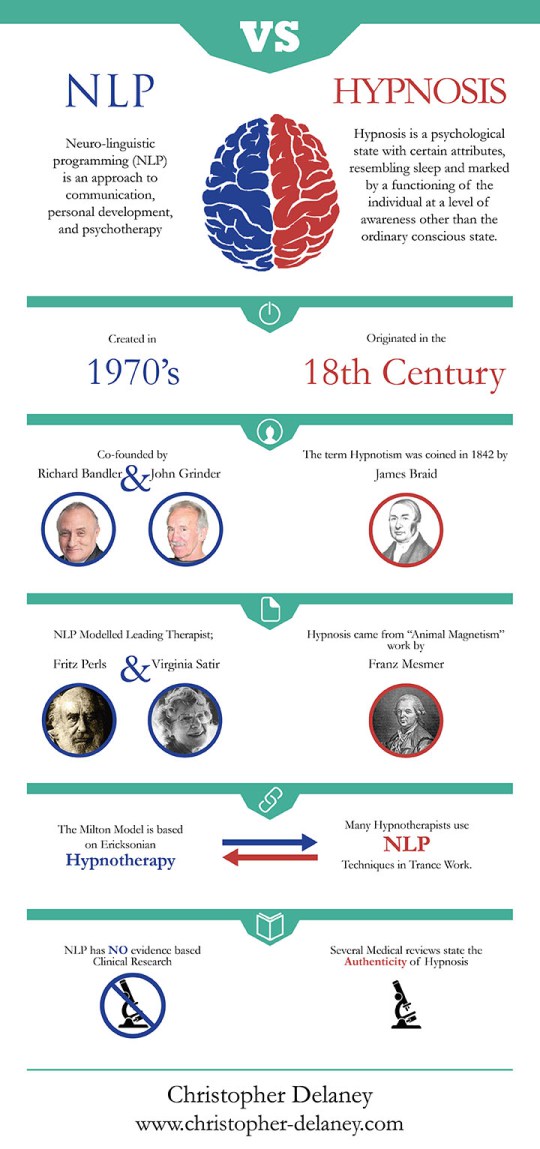Most people know or have at least already heard about hypnosis, but there is another mind-related technique that is still a mystery for a lot of us. Have you ever heard about Neuro-Linguistic Programming?
This method basically means the way how words (the linguistic) can reach the mind (the neurological part of the equation) and result in an action (programming). Neuro-Linguistic Programming was initially developed in the United States, at the University of California, by John Grinder and Richard Bandler between the late 1960s and the early 1970s. Its original goal was the study of the basic patterns of language, as well as the analysis of the techniques created by three renowned therapists. These experts are the hypnotherapist Milton Erickson, Fritz Perls, father of the Gestalt therapy, and Virginia Satir, creator of the Systemic Family Therapy.
The patterns discovered by this study period were later adapted and that is how the modern Neuro-Linguistic Programming was born, aiming to improve one’s personal ability to communicate more effectively and to implement internal and external changes.
Today, the technique is based on the idea that the mind, body and language interact to create the perception that each individual has about the world. According to Neuro-Linguistic Programming, this perception can be altered by applying certain techniques related to the idea of “modeling” something. Most of the times, this changing process includes the reproduction of the behaviors and beliefs perpetrated by successful people on the eye of the “patient”.
However, the technique’s popularity is not enough and it still arouses controversy today, mostly because it remains scientifically unproven. Besides, Neuro-Linguistic Programming has also been criticized for failing to establish a regulator and a way to be certified. So, what does this technique have to do with hypnosis? This infographic will answer that question in no time.
Read more: 6 Neurolinguistics and NLP Principles To Power Up Your Copy
